Step into the home of the future
 Think back to when you were a child. If someone asked you to picture what a home in 2021 would look like, where would your mind have teleported you to?
Perhaps your vision of the future would have involved Jetsons-esque robot maids and flying cars, or maybe it would have been darker, more Orwellian, with all-seeing surveillance and mind control.
But now, we’re here in 2021.
Gone are the flashy gimmicks, so popular in retro visions of the future – think mass-produced hover cars, self-clearing robotic dining tables and kitchen vending machines.
In their place, we’ve embraced innovate, sustainable, eco-friendly tech, aiming to improve quality of life and minimise our impact on the Earth.
As the years progress, we’re likely to see significant changes to the way our homes are designed, how they’re powered and how they interact with the natural environment.
Homes are transforming at a rapid rate, to suit our ever-changing lifestyles. Looking to the future, we’re likely to see houses become even more flexible and adaptive – attuned to our needs.
Automation and artificial intelligence are already the norm on the road and at work – now, our humble abodes are catching up.
Here are just some of the ways in which our homes are evolving and will continue to evolve in years to come.
Think back to when you were a child. If someone asked you to picture what a home in 2021 would look like, where would your mind have teleported you to?
Perhaps your vision of the future would have involved Jetsons-esque robot maids and flying cars, or maybe it would have been darker, more Orwellian, with all-seeing surveillance and mind control.
But now, we’re here in 2021.
Gone are the flashy gimmicks, so popular in retro visions of the future – think mass-produced hover cars, self-clearing robotic dining tables and kitchen vending machines.
In their place, we’ve embraced innovate, sustainable, eco-friendly tech, aiming to improve quality of life and minimise our impact on the Earth.
As the years progress, we’re likely to see significant changes to the way our homes are designed, how they’re powered and how they interact with the natural environment.
Homes are transforming at a rapid rate, to suit our ever-changing lifestyles. Looking to the future, we’re likely to see houses become even more flexible and adaptive – attuned to our needs.
Automation and artificial intelligence are already the norm on the road and at work – now, our humble abodes are catching up.
Here are just some of the ways in which our homes are evolving and will continue to evolve in years to come.
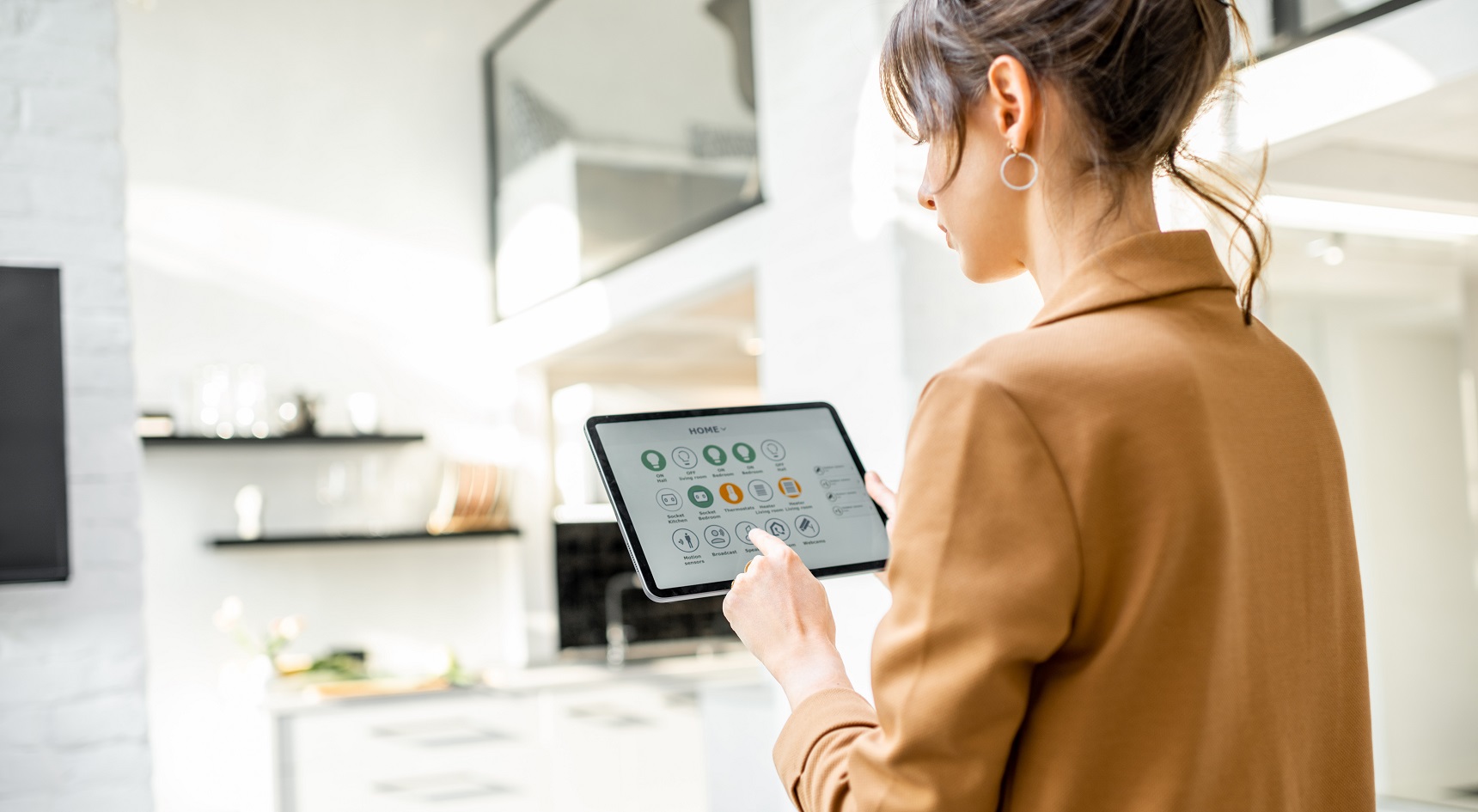
Automation is already the norm on the road and at work. Now, our homes are catching up. Image: Getty
Design
Homes of the future may look a little different to the mechanical behemoths depicted in retro sci-fi movies, but they’ll be smarter and more agile than our ancestors ever could have imagined. Gerald Matthews is the Managing Director and Senior Architect at Adelaide-based, Matthews Architects. In a world increasingly saturated with technology, he believes modern architecture is about creating a buffer between our fast-paced, plugged in work lives and our inner lives at home. Increasingly so, our homes are becoming our sanctuaries. “The biggest psychological trend that’s being expressed in the design of homes has everything to do with the ability to change pace,” Gerald says. “When you’re in work mode, everything happens fast and there’s never enough time. When you come home, you think ‘I need to re-center, I need to reconnect and be with my family’.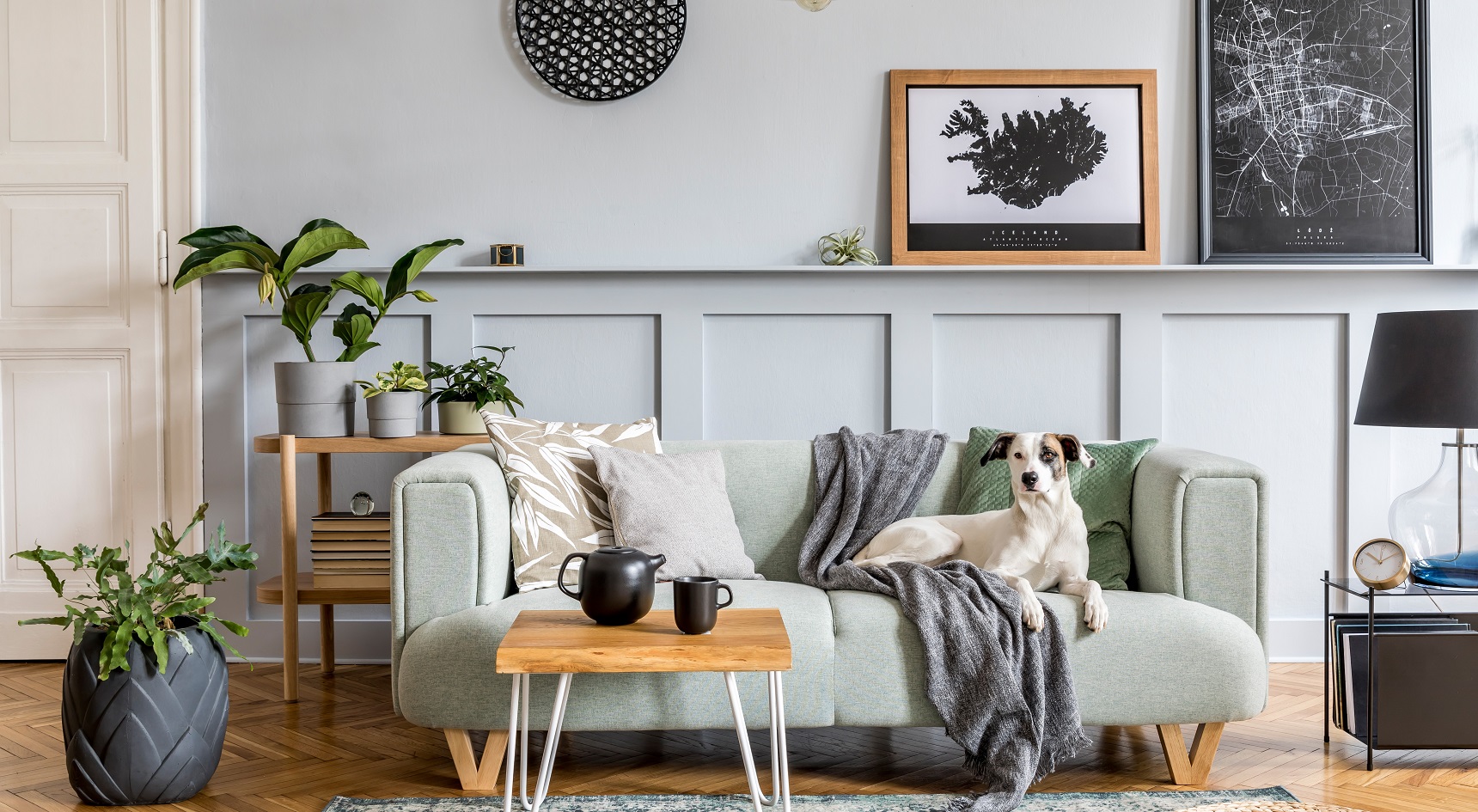
Increasingly, our homes are becoming our sanctuaries. Image: Getty
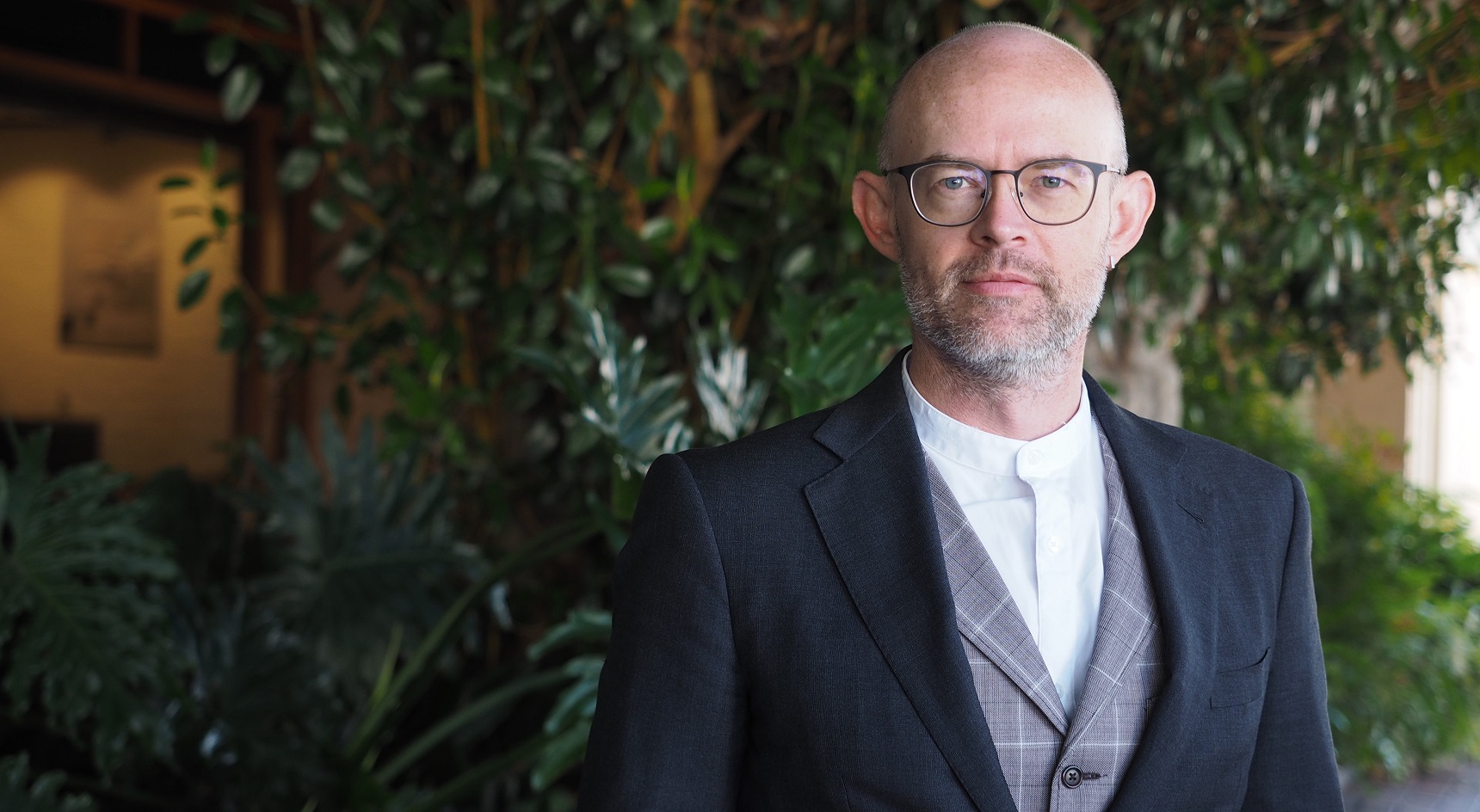
Gerald Matthews. Image: Matthews Architects
Power
So that begs the question, what technology is worth our time and investment? Today, we rely on electricity for most day-to-day tasks, and that probably won’t change any time soon. What’s different though, is we’re now exploring renewable sources that don’t require the use of harmful fossil fuels. One of the most obvious places to harness power from is the sun, with many homeowners investing in solar and battery storage. In fact, solar panels blanket more than 304,000 South Aussie homes, already. But how exactly do they work? RAA Solar Expert Kerry Bowles explains. “A solar system uses solar panels to convert sunlight into direct current (DC) electricity, which is then converted by an inverter to alternating current (AC) electricity, for use in the home.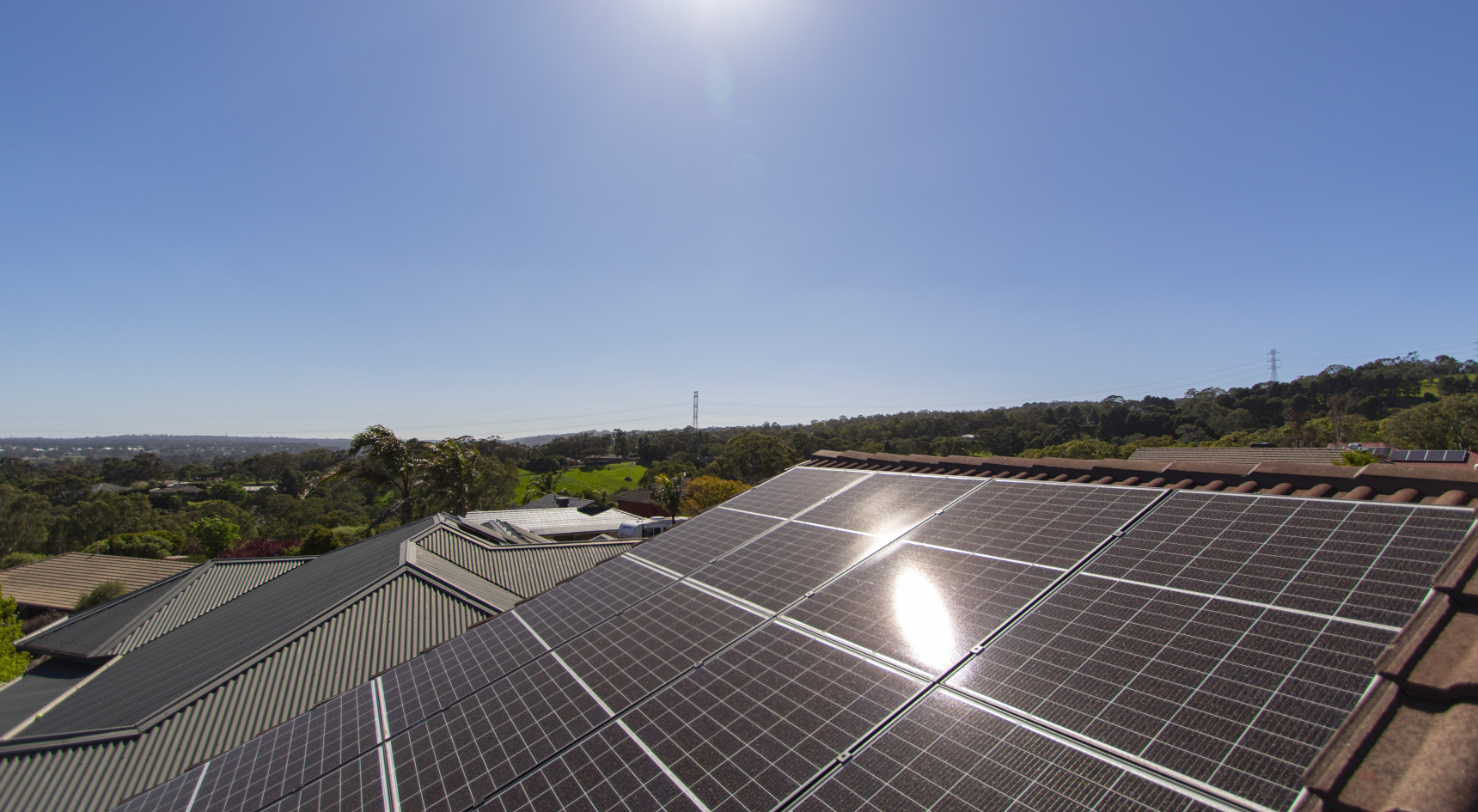
Purchase solar with RAA and harness energy from the sun. Image: RAA
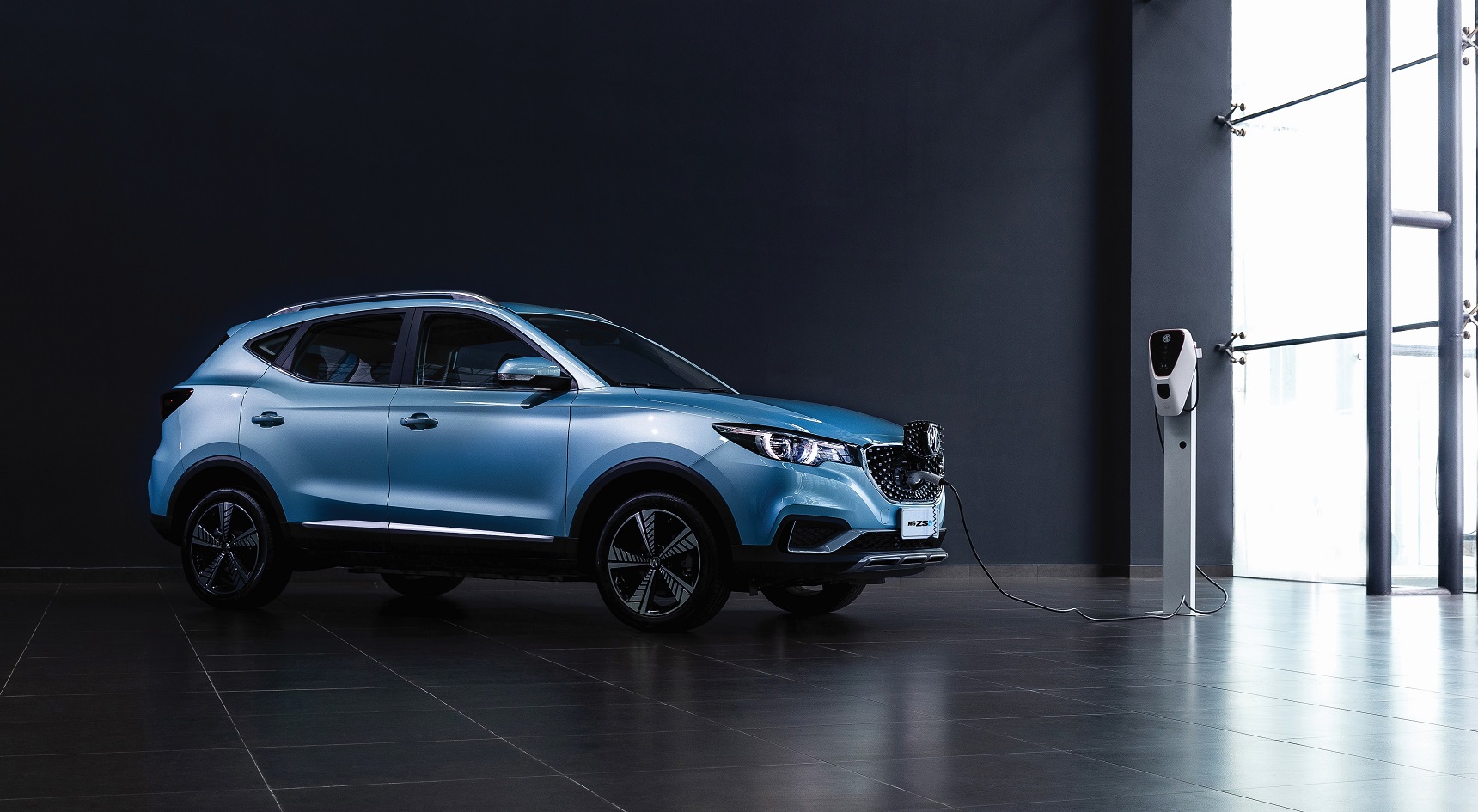
The 2021 MG ZS EV. Image: MG Motors
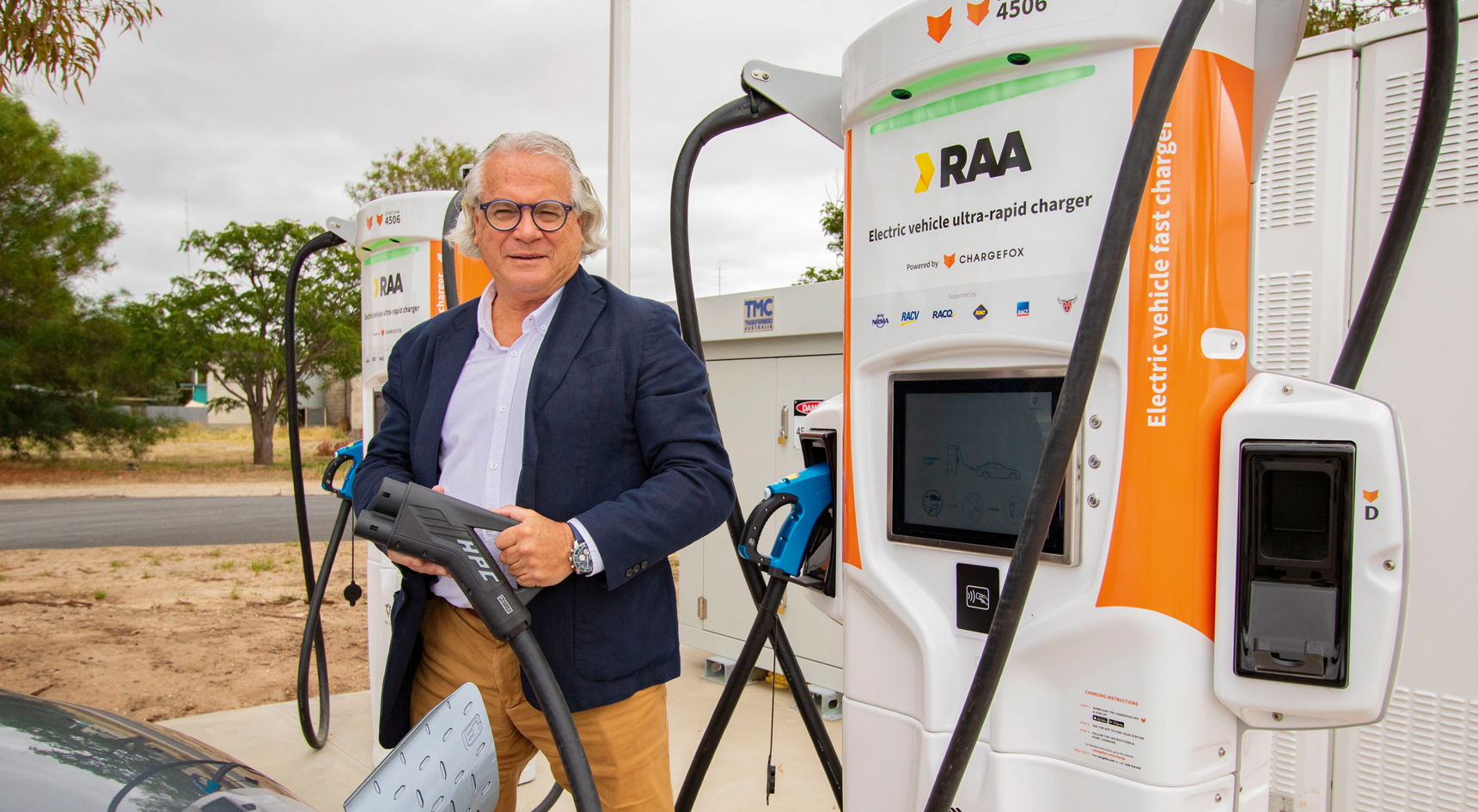
RAA’s Mark Borlace with a Chargefox charger. Image: RAA

